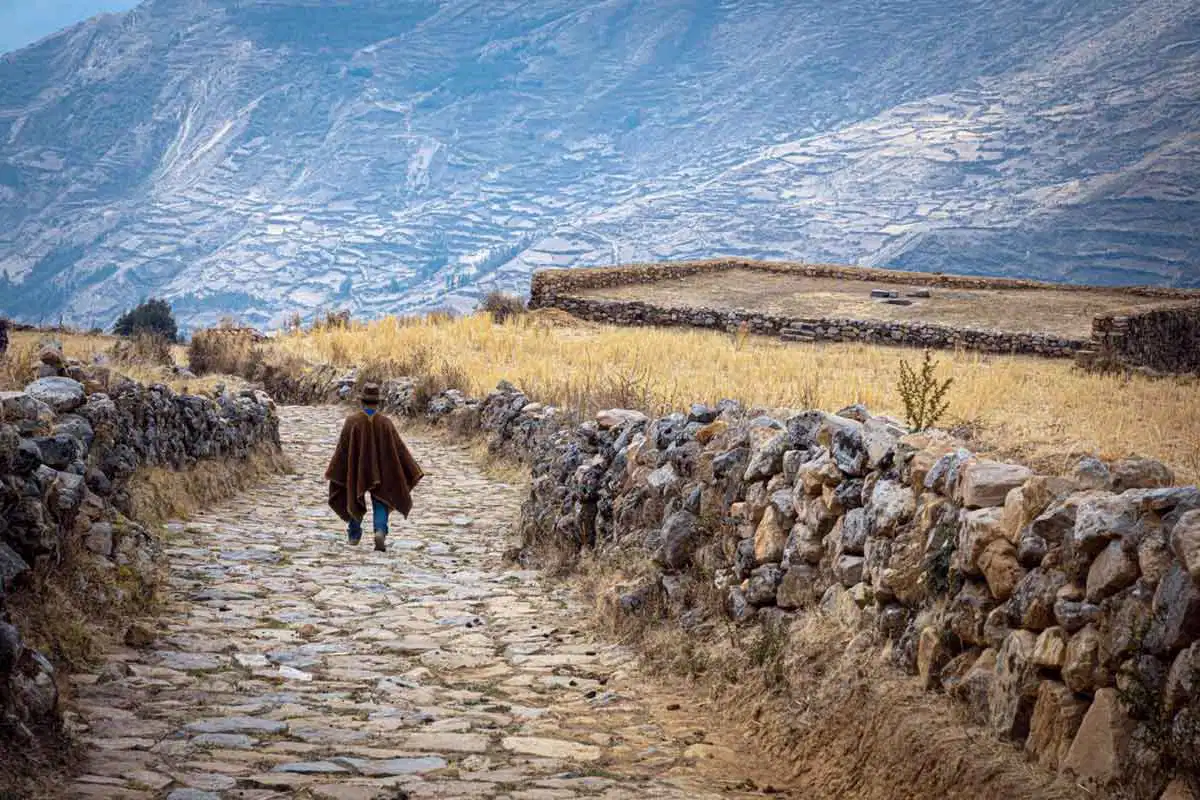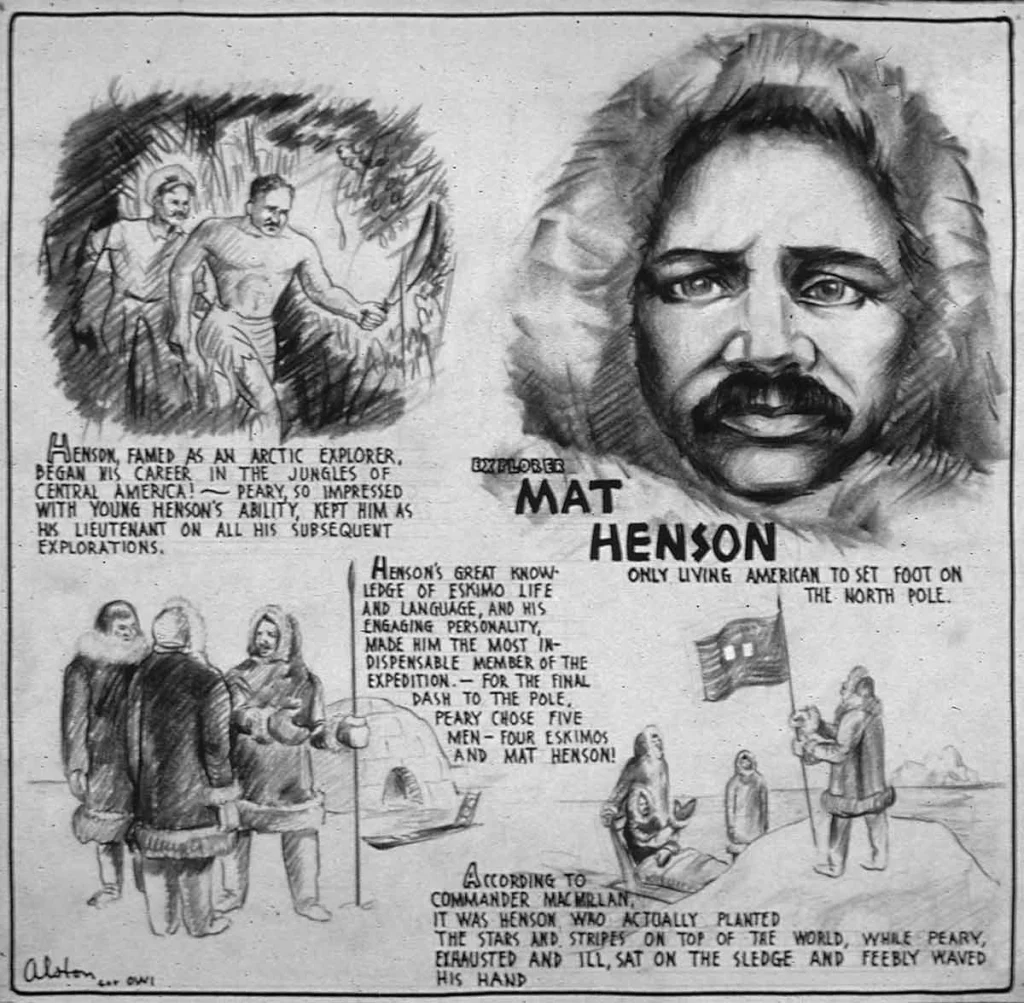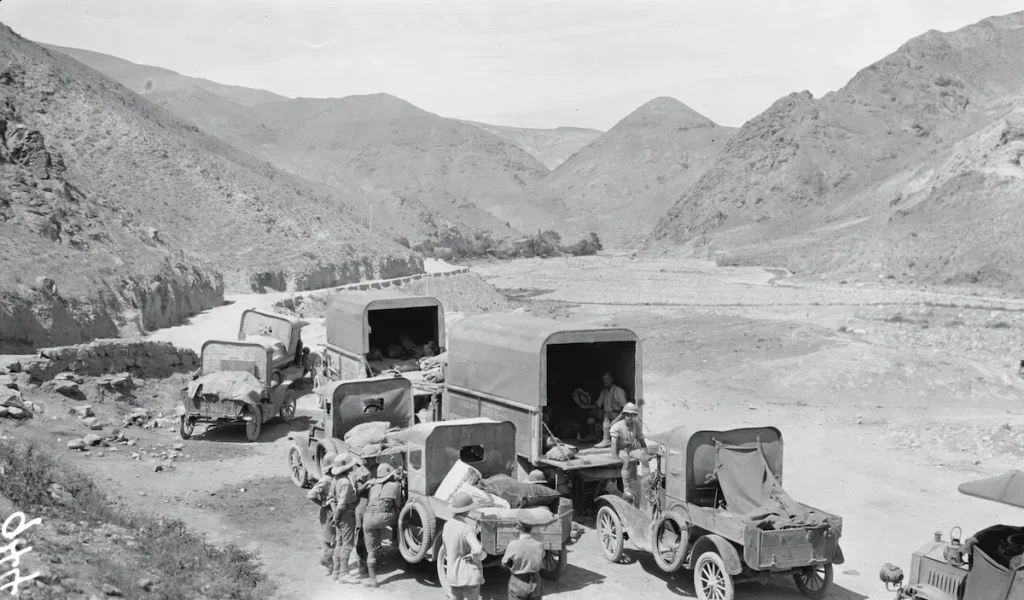# The Incredible Inca Messengers: How Runners Connected an Empire
Imagine an empire so vast it stretched from modern-day Colombia to Chile, covering over 770,000 square miles—larger than the Roman Empire at its peak. Now imagine ruling this territory without horses, wheels, or even a written language. How did the Inca manage such a feat?
The answer lies in their legendary road system, the Qhapaq Ñan, and an elite group of relay runners known as the chasquis—human messengers who could outpace any horse through the rugged Andes.
The Backbone of an Empire: The Qhapaq Ñan
At the heart of the Inca Empire, Tawantinsuyu (“Land of the Four Quarters”), was an astonishing network of roads spanning 18,000 miles. These weren’t just simple dirt paths—they were engineering marvels, carved through mountains, deserts, and jungles, complete with bridges, tunnels, and rest stations.
The roads connected the empire’s four regions, allowing the Sapa Inca (the emperor) to govern from Cusco while maintaining control over distant lands. But roads alone weren’t enough—messages had to travel fast.
Enter the chasquis, the empire’s human postal service.
The Chasquis: The Fastest Men in the Andes
Chosen as boys for their speed, endurance, and sharp memories, chasquis were the elite messengers of the Inca. They weren’t just runners—they were government agents, entrusted with delivering everything from royal decrees to fresh seafood for the emperor’s table.
Training the Best of the Best
– Selected young: Only the fastest and fittest boys were chosen, often sons of local leaders to ensure loyalty.
– Strict diet: Chroniclers claim they were kept lean to stay swift.
– High-altitude endurance: They had to run through thin mountain air, sometimes at elevations over 13,000 feet.
Failure wasn’t an option. A lazy chasqui faced broken legs as punishment. But those who succeeded were rewarded with food from state stores and the rare privilege of chewing coca leaves—a stimulant usually reserved for nobles.
The Relay System: Faster Than a Horse
The Inca didn’t rely on a single runner to cover thousands of miles. Instead, they built chaskiwasi—relay stations spaced every 1.5 miles along the roads. Here’s how it worked:
1. The Alert: A chasqui blew a pututu (shell trumpet) as he approached, signaling the next runner to prepare.
2. The Handoff: The two runners sprinted side by side while the message was repeated—verbally or via quipu (knotted cords used for record-keeping).
3. The Next Leg: The fresh runner took off at full speed while the first rested.
This relay system could move messages 1,250 miles in just a week—faster than any horse in the Andes. Some accounts even claim fresh fish from the coast reached Cusco in two days!
The Fall of the Chasquis
When the Spanish arrived in the 16th century, they were astonished by the chasqui system. But their conquest destroyed it.
– Roads crumbled: The Qhapaq Ñan wasn’t built for horses and carts.
– Betrayal and neglect: The Spanish tried using chasquis but often refused to pay them.
– A lost tradition: By the 1600s, chroniclers lamented that the once-great system was gone.
The Chasqui Legacy Lives On
Though the empire fell, the chasquis are not forgotten. Today, their name lives on in:
– Running clubs and races honoring their endurance.
– Newspapers and journals (like El Chasqui) keeping their spirit of communication alive.
– Even space! Peru’s Chasqui I satellite orbits Earth, a modern tribute to these ancient messengers.
Final Thought: A System Ahead of Its Time
Before emails, before telegrams, before even the Pony Express—there were the chasquis, sprinting through the Andes to keep an empire connected. Their story is a testament to human ingenuity, proving that sometimes, the fastest way to deliver a message isn’t with technology—but with determination, endurance, and sheer willpower.
So next time you complain about slow Wi-Fi, remember: the Inca sent fish across mountains on foot. Now that’s efficiency.











































